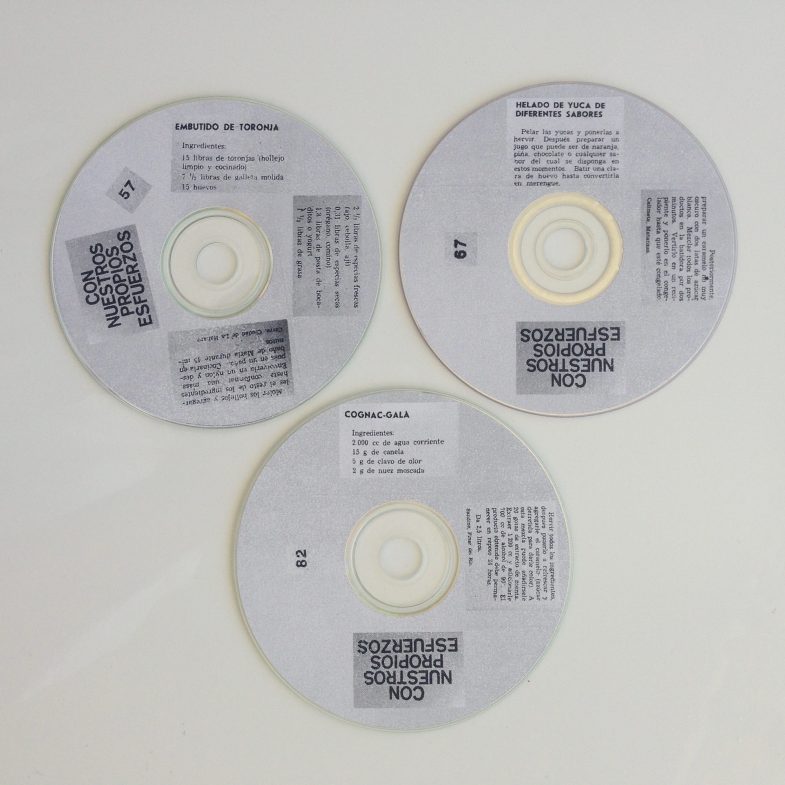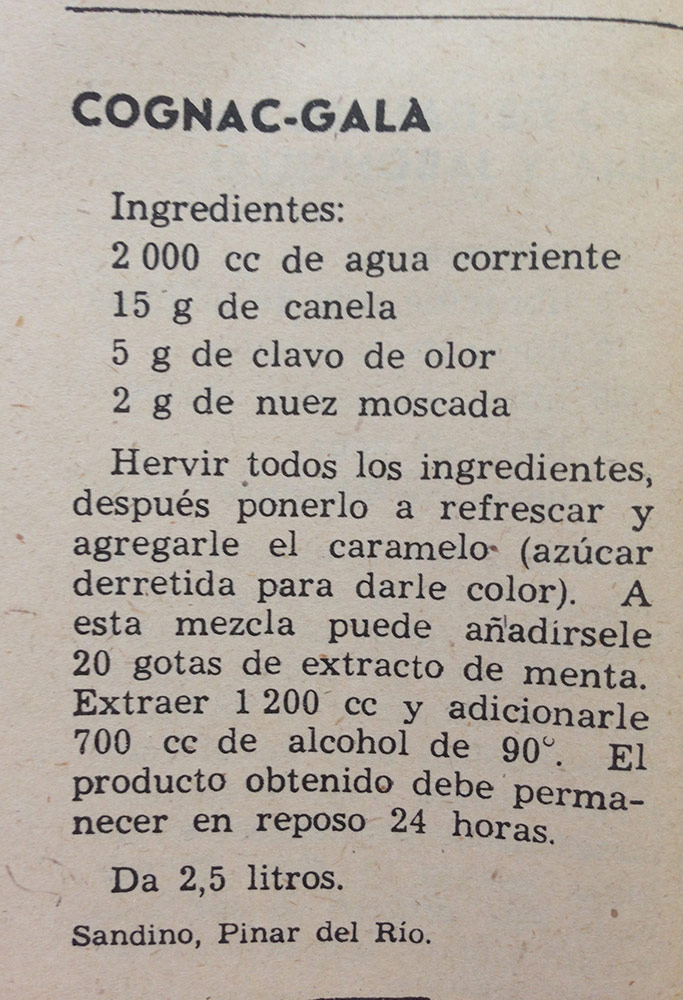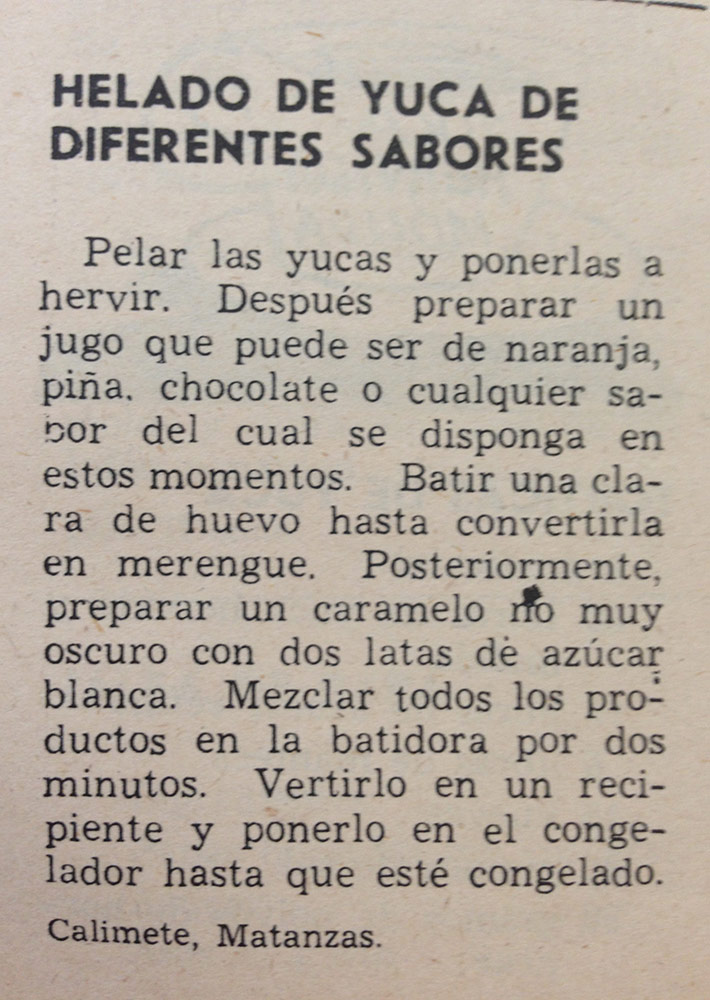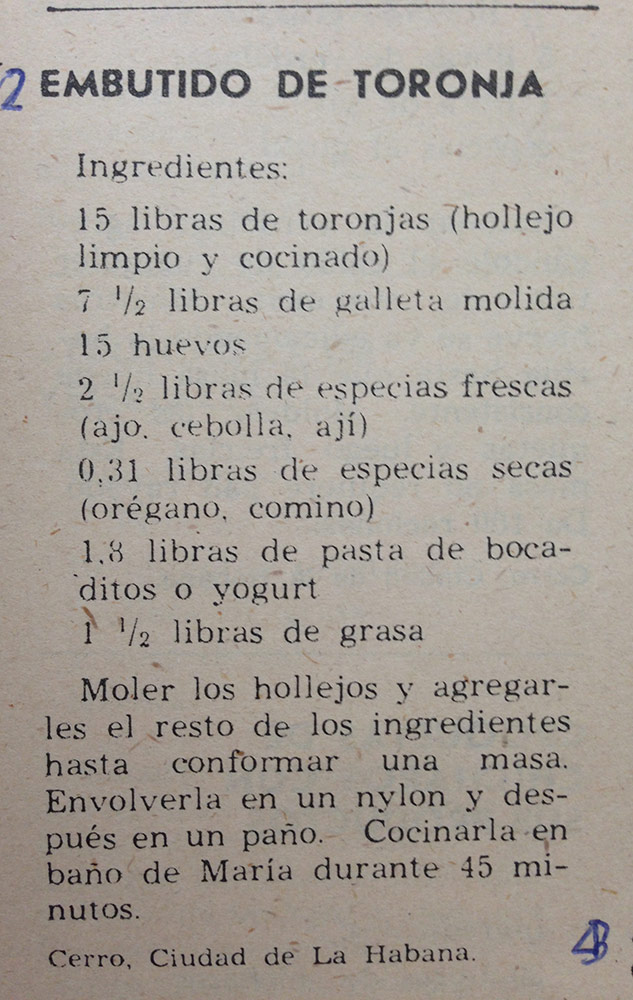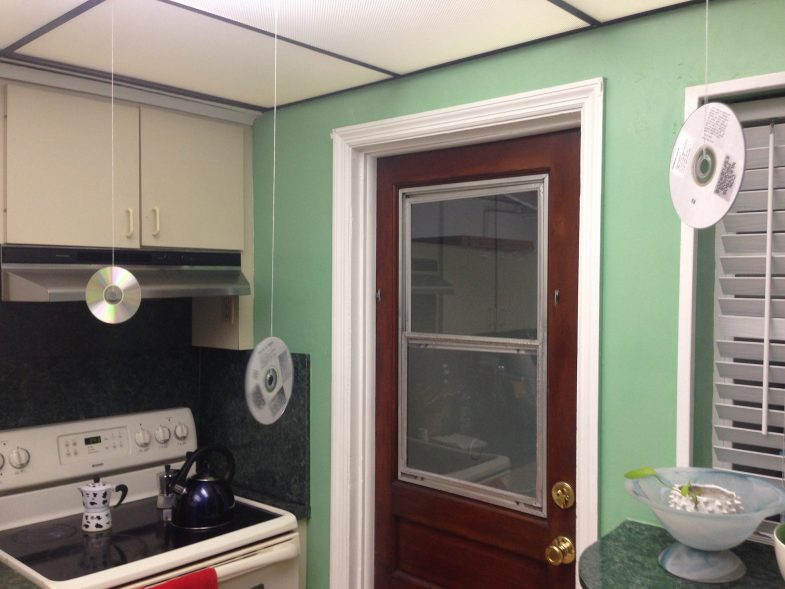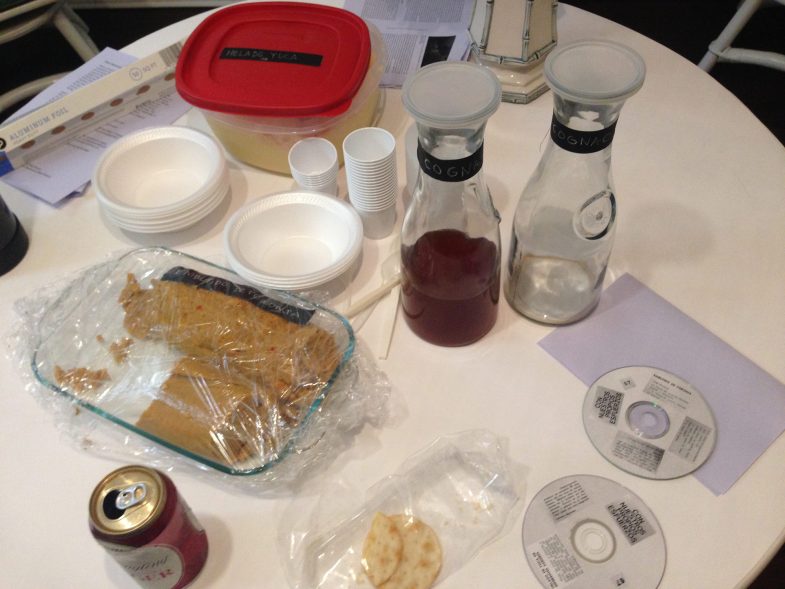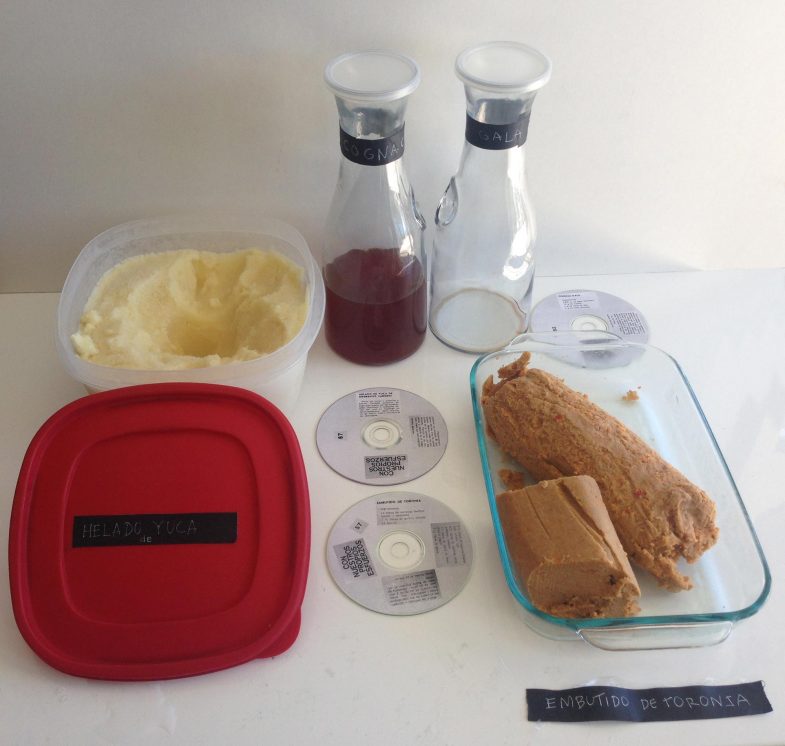2nd International Encounter of Objects and Walls: Miami Edition is one of twelve satellite events initiated by Tlaxcala 3 (Mexico City) and the Institute of Endotic Research (Berlin) critically engaging with the 30th anniversary since the fall of the Berlin Wall. Comprised of a film screening, a round table discussion, a listening station, and a documentary exercise in recipe recreation, the Miami edition hosted by Supplement Projects, will focus on the ways in which ideas of “progress” evolve, de-evolve, and change over time. This one day encounter invites participants to consider a “wall” as more than a physical or historical marker, but instead as a departure point to examine before and afters, insides and outsides, and ultimately the way in which ideas of progress are formed, clash, or are propelled forward and upward by power and hegemonic structures.
ORGANIZED BY:
GeoVanna Gonzalez & Natalia Zuluaga
Supplement projects Sunday Nov. 24th, 3-6pm.
Program
3pm
“Vaya a casa e infórmese sobre Bolivia” a film screening with Frita’s Autonomous Department
4pm
Documentary exercise in recipe reproduction from “Con Nuestros Propios Esfuerzos” and “El Libro de la Familia” with Ernesto Oroza
4:30pm
Group discussion led by Stephanie Wakefield on “Inhabiting the Anthropocene Back Loop”
5pm
“AABBCCDV” (2012), 12” record by Erik Smith. Listening session with Radical Archives
A tactical placeholder
by Ernesto Oroza
In 1991 Verde Olivo, the official press of the Cuban Revolutionary Armed Forces, published El libro de la familia (The Book of Family). The volume offered solutions to confront the deep economic crisis that occurred after the gradual dissolution of the bloc of Eastern socialist countries after 1989, with which Cuba had maintained advantageous economic relations. The publication of this book and the removal of state inspectors in the city were some of the actions that the government managed to implement after decades of wretched economic planning, waste, and the systematic limitation of individual economic initiatives. Divided into seven chapters, El libro de la familia compiles recipes for preparing meals, medicines, household cleaners as well as many other everyday products. An extensive chapter even gathers repair manuals for those appliances of Soviet origin that were distributed for more than two decades in Cuba.
El libro de la familia circulated among military personnel who were tasked with disseminating its content in their neighborhoods. In 1991 the publisher unexpectedly received hundreds of letters with solutions developed by different people throughout the country. These texts, diagrams, and photographs were sent spontaneously and en masse and their existence demanded a second volume of the publication. In 1992, the publisher did right and responded by publishing Con Nuestros Propios Esfuerzos (With Our Own Efforts).
A few weeks ago I took my copies of these books to a workshop with architecture students at the Fablab ULB in Belgium (in collaboration with professors Victor Levi and Denis Terwagne). The first task we embarked on was to scan the books and produce a PDF that could both circulate online and be included as part of El paquete (The Package): a vernacular system for distributing digital content on the island. Only the chapters from both books that are devoted to natural and traditional medicine justify the free recirculation of these documents on the island.
A month ago the Cuban government declared a state of crisis that harkens back to the Special Period—a euphemism used by the government to name the crisis that emerged in the 1990’s—in its severity . However, for many, the economic crisis unleashed after the fall of the Berlin Wall has never ceased.
My main proposal for this event is to promote the download of the digital versions of these two books through the Supplement Projects website. As a complement, and as an exercise in staging these documents, I prepared three recipes drawn from Con Nuestros Propios Esfuerzos: Grapefruit loaf/Embutido de toronja (p.57), Yuca ice cream in different flavors/Helado de yuca de diferentes sabores (p.67), and Cognac Gala ( p.82.)
In addition to the possibility of download the PDFs, I hunged three CDs in the kitchen. The surfaces used in the CDs to house textual and graphic information I occupied with CD labels printed with photographs of the recipes, page numbers of reference, and the title of the book. The “burnable” surface of the disc remained empty.
